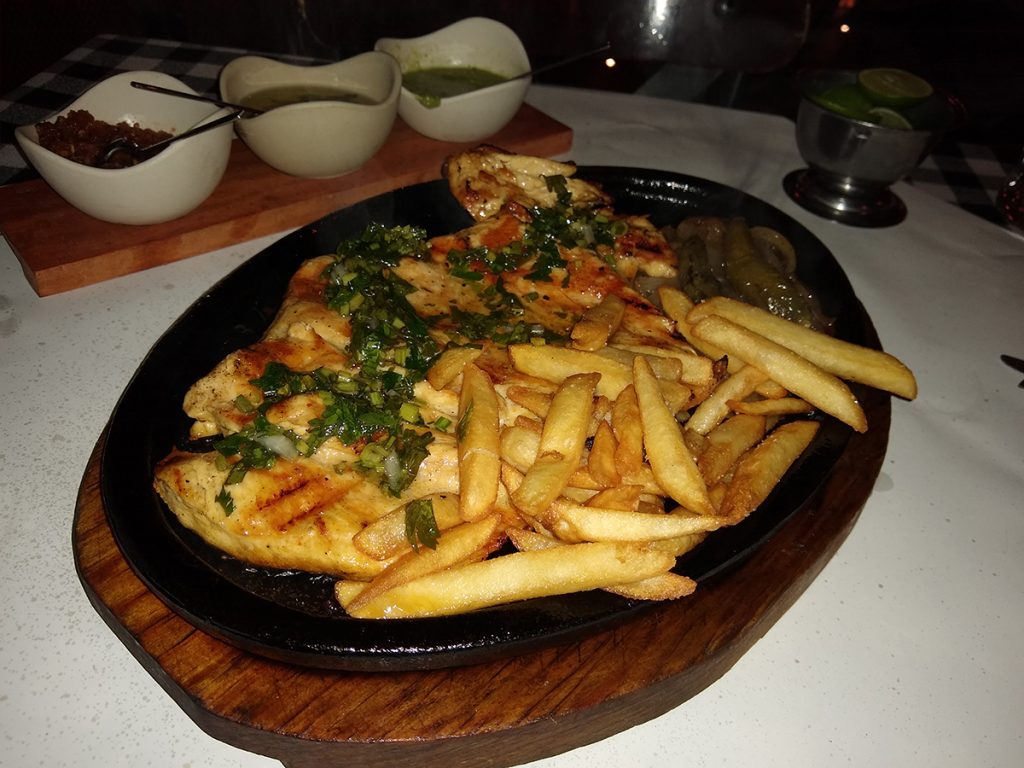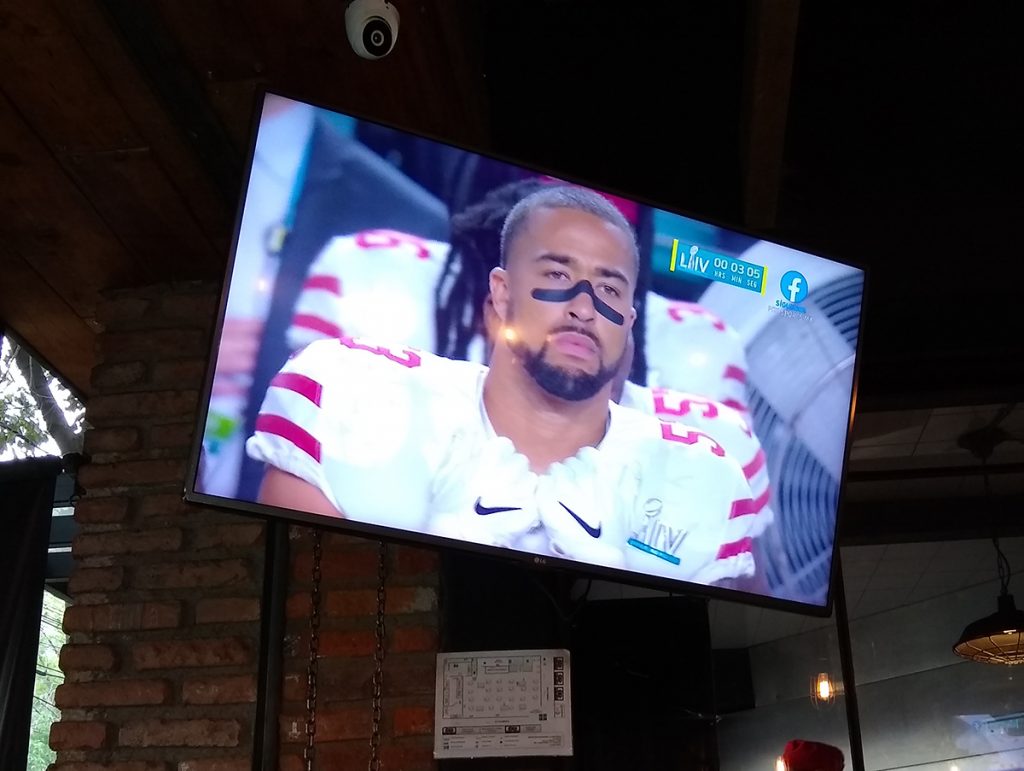Our second time driving across the Mexican border was a bit different from the first, even though we used the same crossing – Colombia Solidarity Bridge in Laredo, Texas.
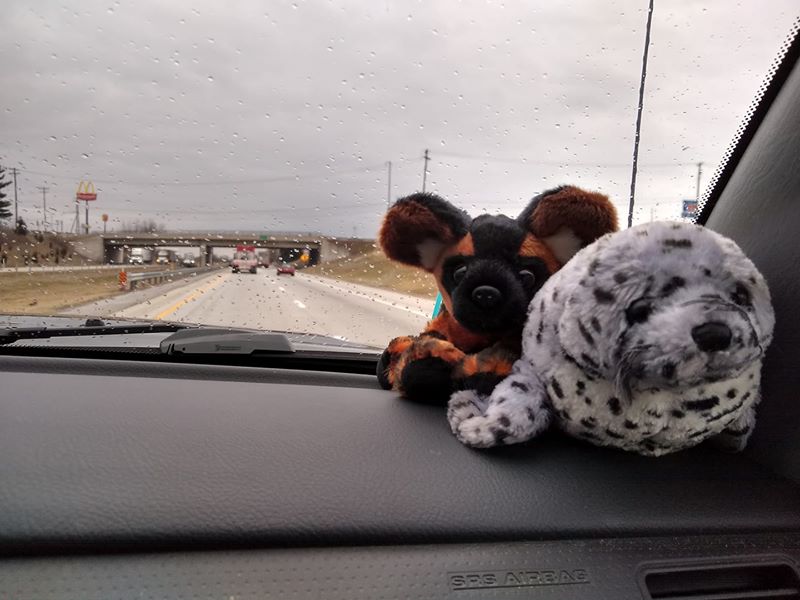
Getting Us Into Mexico
The first time we crossed, in January 2019, we had Mexican Visas, the first step in attaining Temporary Residency in Mexico, because we expected to stay long-term. This time, our Temporary Residencies had accidentally expired because of the extra time we spent in the States taking care of my sick mother, and we knew we are going to stay less than three months, so we entered with Tourist Visas.
The difference was that this time, we each had to pay a Tourist Visa fee at a cost of $575 MXN, about $39 US. (Note that this fee is included in your airline ticket fee when you fly into Mexico). This entailed the initial stop at Immigration office, a stop to pay at the Banjercito window, and then another stop at Immigration to finalize our paperwork.
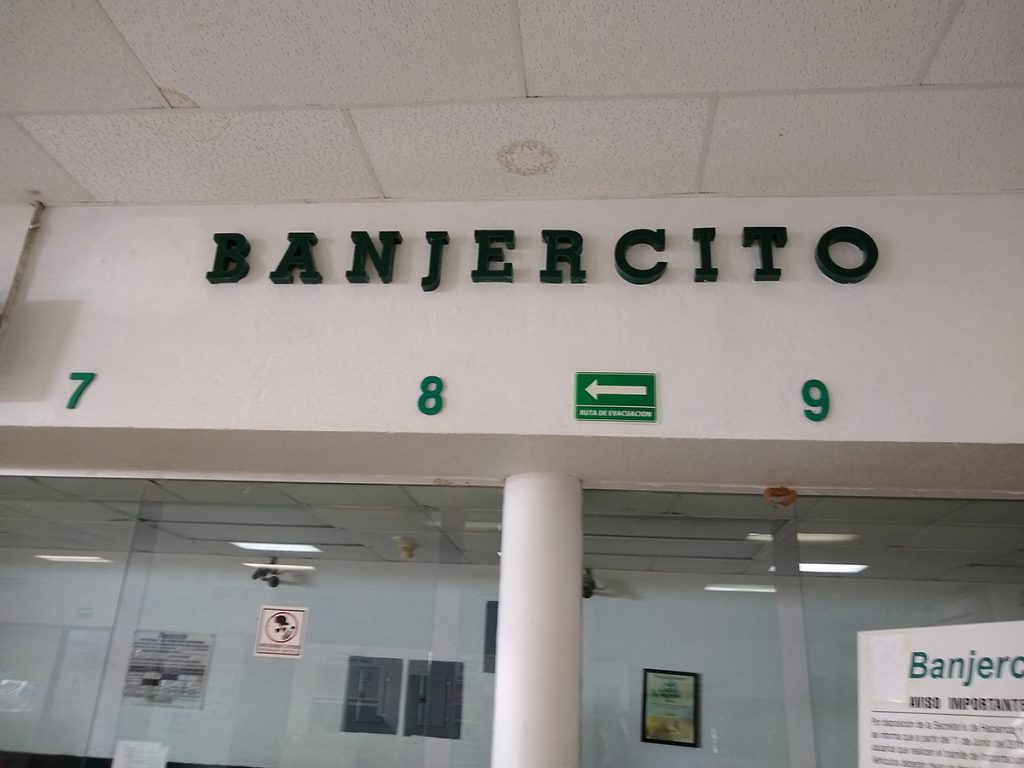
Getting our Truck Into Mexico
Next, we had to get the Temporary Import Permit for our car. This cost $400 USD, which is supposed to be reimbursed when you leave Mexico, plus a processing fee of approximately $51 USD. I wasn’t as prepared this time as I was previously and I had left copies of my driver’s license and passport buried in a folder in the back of the truck, so we chose to stand in the copy line at the border facility and get those copied.
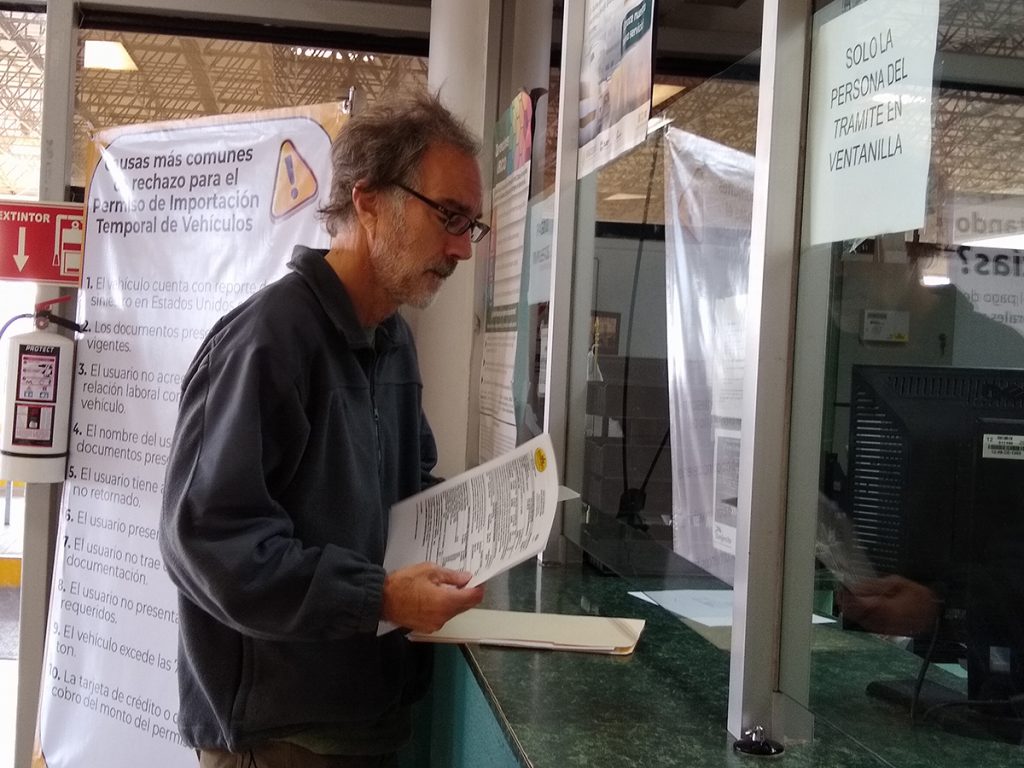
Next, we had to drive through Customs. It seemed as if every car was chosen for inspection, and ours was no exception.
Inspecting the Cats
This time was that they asked for documentation for the cats. We were traveling with only two because Ellie, the third, was now living at Champlain College in Vermont with Gavin, our youngest. Effective January 1, 2020, you no longer need a Certified Health Certificate to bring a cat into Mexico, but they can physically inspect the cats for open sores, health problems, etc., and you need to prove they have rabies vaccines. The Inspector made us pull out the paperwork, which unfortunately was stored in the far reaches of the truck, entailed a near-total unpacking. He very thoroughly reviewed the paperwork.
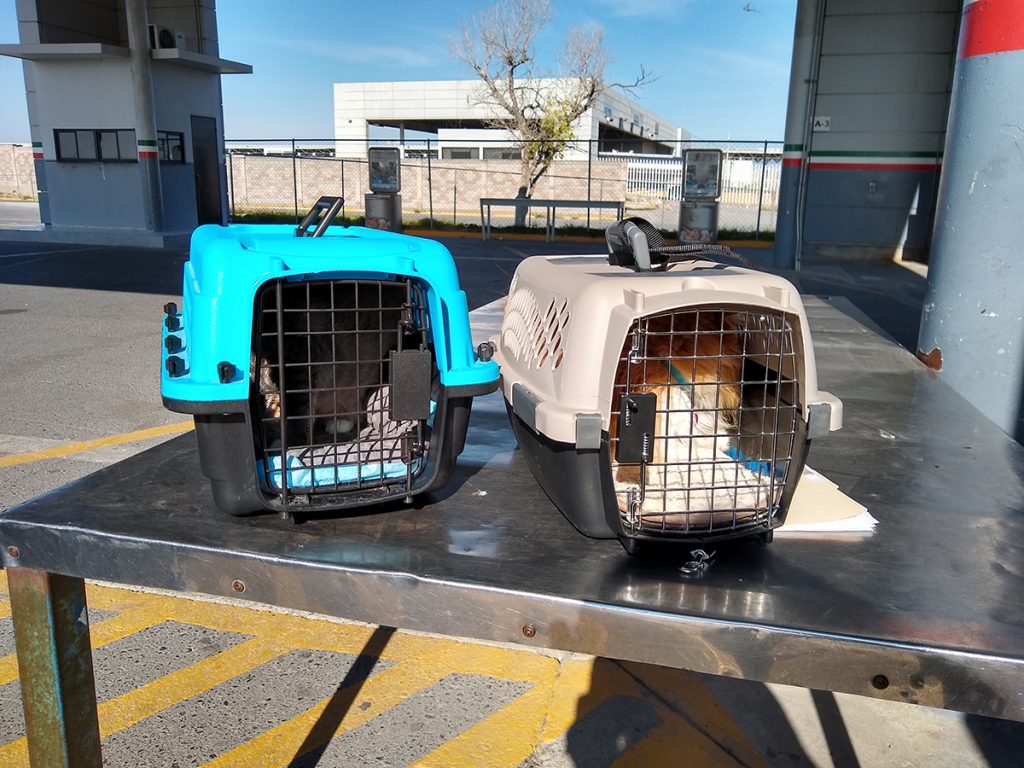
X-Raying the Truck
Next, Lisa and the cats had to get out of the truck while I, once again, drove it through the x-ray machine. Once they reviewed the x-rays, we were free to go.
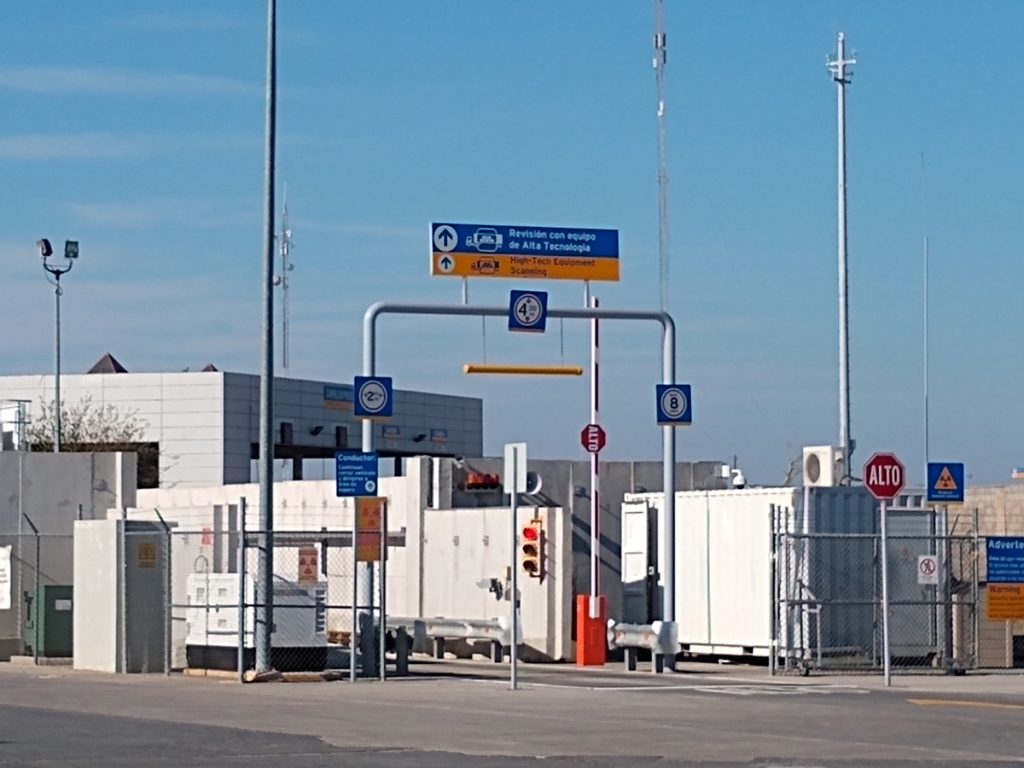
In the end, it took us about 1.5 hours at Mexican Immigration and Customs. Fortunately, there weren’t lines (which is why we like Colombia), or this could have been much longer.
Welcome to Mexico!
And then we were in Mexico! We didn’t take time to celebrate, but pressed forward to get to our first night’s lodging before dark.

We drove about 6 hours to Matehuala, where we had a reservation at the same cat-friendly motel we stayed at last time, Las Palmas Midway Inn in Matehuala.
Our new Garmin GPS seemed to under-estimate our travel time, by about an hour both days. We didn’t run into traffic either day, so that wasn’t the issue. Maybe it was the fact that many of the Mexican roads we drove on incessantly changed speed limits, going anywhere from 110 kph to 60 kph and back. It may be difficult for the GPS to deal with that along with the fact that there may be few people driving those routes and providing route time feedback. It could also be that we drive the speed limit while many Mexican drivers don’t necessarily do that. I don’t really know how the GPS time estimation works, so this is all just a guess.
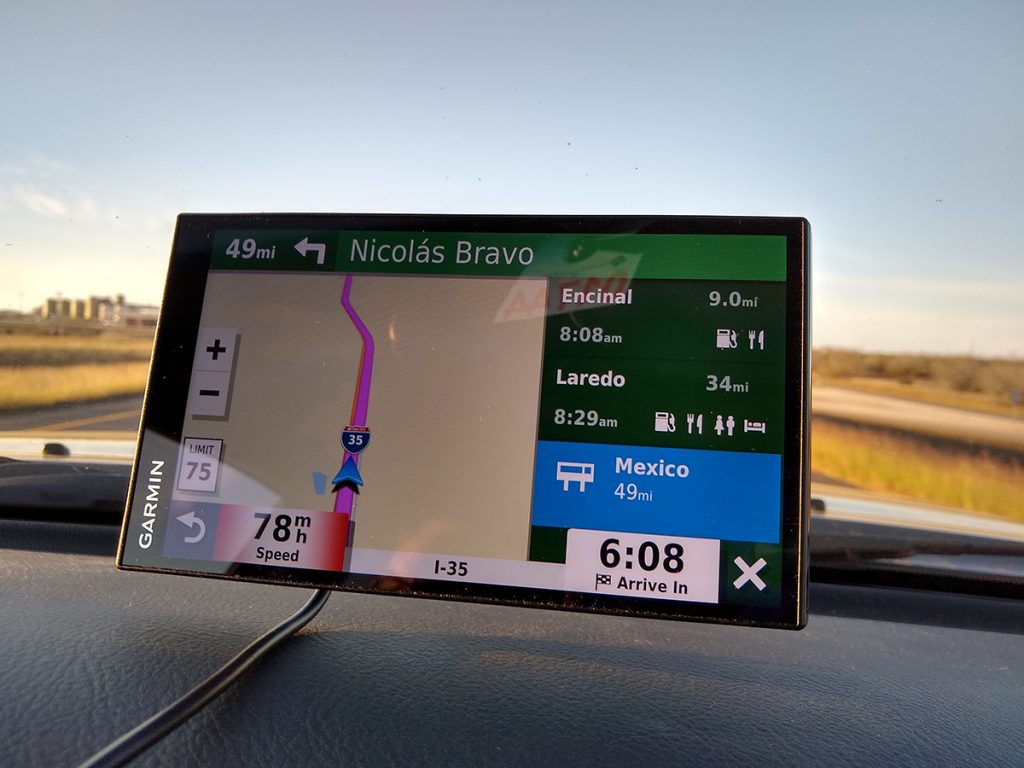
Another thing that may impact the time estimation is the number of toll booths. Overall, we passed through 10 of these booths at a total cost of $924 MXN, or about $50 USD.
Stopped by the Mexican Cops (the Federales)
Finally, the last thing that was different on this trip was we were stopped by the Federal Police on two occasions. The first of these seemed to be more friendly. The second one was at an organized Federal Police checkpoint. Here they pulled over several people and performed inspections. They asked me 3 times if I had weapons or drugs (armas, pistolas, drogas) and then had me open the back of the truck and open selected suitcases, even going to the point of asking me where my shoes were in one of them, which I had to subsequently dig out. They also frisked me. Asking me to empty my pockets, patting me down and having me lift up my pant legs. So, that was a different experience than last time as we weren’t selected for the inspections as we drove through several of those checkpoints before.
Nonetheless, we arrived in Mexico City with enough time to unload, park the car and find an extremely nice restaurant to have a couple of beers, dinner and watch the Super Bowl (in Spanish).
